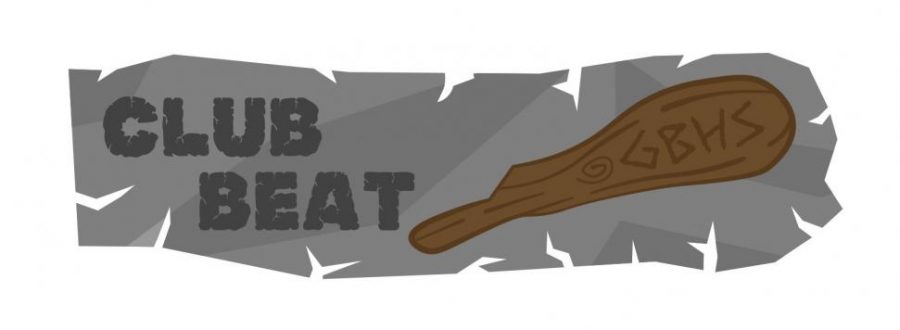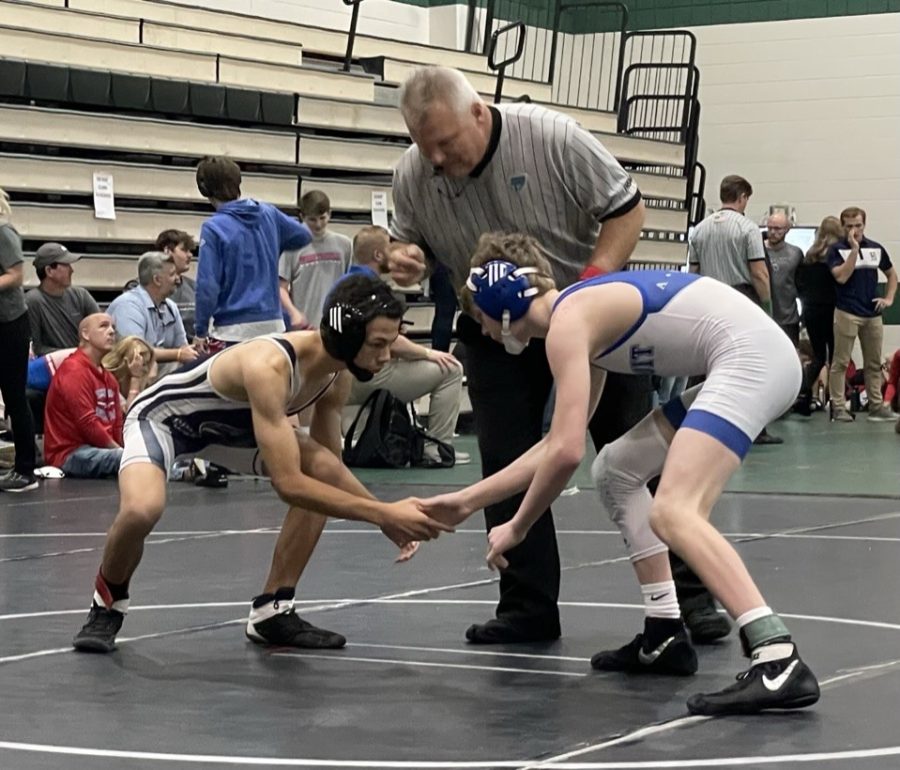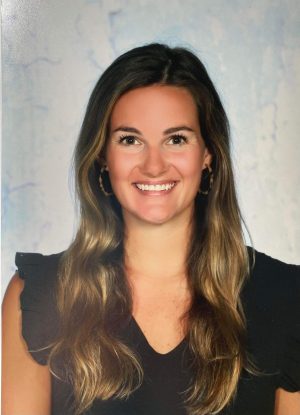Addressing Social Justice in Schools
November 19, 2021
“Ultimately, the most important step we as a school and community can take is being willing to listen and not be dismissive.”
Due to increased awareness of social issues and a want for societal progress, many school districts across the nation have begun to address divisions in their schools. These schools have created a means for educating students on how to be understanding and respectful of their peers, who may come from a different background. For some schools, this was implemented as a direct result of outward and extreme expressions of racism, as was the case at South Lake High School, outside Dallas, Texas. Other districts have started such a system as a proactive way to promote unity among a diverse student body. While Gulf Breeze High School has yet to display broad and outward expressions of discrimination, what could we be doing in order to safeguard understanding and compassion, while ensuring that we eliminate discriminatory undertones in our community?
Ultimately, the most important step we as a school and community can take is being willing to listen and not be dismissive. Part of what makes talking and teaching about diversity and discrimination so difficult is the sensitivity that surrounds the subject. Many people are afraid to hear something that would go against their personal beliefs, and others are afraid of hurting others or being hurt. The best thing we can do is listen to one another without judgement.
For the most part, America recognizes its wrongdoings in the past, and has come a long way from its beginning. However, that does not mean that we now live in a perfectly harmonious society. Every day the news reports instances of racial and social injustice. It is easy to recognize these issues due to the mass scale at which they are being reported. It is also easy to get wrapped up in the politics of it all, as we hear of all the various plans the government comes out with to attempt to solve these issues. With both factors together, individuals sometimes feel that there is nothing they can do to help.
But let’s start straight at the local level — right at our high school. While it is not a bad idea to consider serious curriculum proposals, we can also start off simple in a classroom setting. Discussions in English and History classes seem like an obvious setting for conversations about social and racial issues. Another idea to start locally would be a club devoted to understand-ing and addressing these issues. Furthermore, the administration could start hosting listening sessions for minority student populations to learn about their experiences at GBHS and address some concerns with larger populations through assemblies and peer groups.
Social and racial justice is of course an incredibly challenging subject area to navigate, and many professionals spend their entire lives dedicated to solving these disputes. However difficult it may seem, facing it is urgent and necessary. Making an effort to confront these issues is a step towards progress. By taking these strides and having these conversations, Gulf Breeze High School can work towards becoming a more inclusive and welcoming school.





















